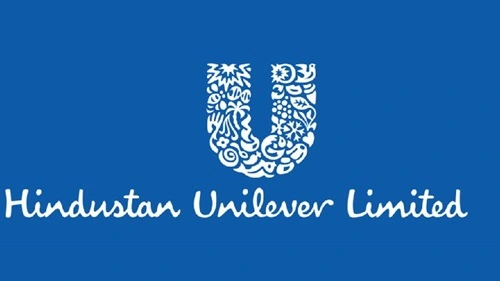Hindustan Unilever Limited (HUL) is one of India’s largest and most prominent fast-moving consumer goods (FMCG) companies, with a legacy dating back over 80 years. As a subsidiary of the British-Dutch multinational Unilever, HUL has grown to become a household name in India, offering a diverse portfolio of products ranging from personal care to food and beverages. The company’s deep penetration in both urban and rural markets and its extensive product range make it a key player in the Indian FMCG sector.

Current Overview of HUL
As of 2024, HUL continues to maintain its leadership position in the Indian FMCG market, with a significant market share across various product categories. The company has successfully navigated the challenging economic environment marked by high inflation, shifting consumer preferences, and increased competition. HUL’s strategic initiatives, such as leveraging digital transformation and expanding its presence in rural markets through initiatives like Project Shakti, have been pivotal in sustaining its growth momentum. However, the company also faces ongoing challenges, including market saturation in some segments and the need to innovate continuously to stay ahead of competitors.
Strengths
1. Strong Brand Portfolio: HUL boasts a diverse range of well-known brands, including Lux, Lifebuoy, Surf Excel, and Horlicks. These brands have established a deep connection with consumers, ensuring brand loyalty and consistent revenue streams. HUL’s ability to cater to various income groups with different price points strengthens its market position.
2. Extensive Distribution Network: HUL’s robust distribution network is one of its greatest assets. The company’s products are available in nearly every corner of India, from urban supermarkets to rural kiosks. This wide reach ensures that HUL can serve a vast customer base effectively.
3. Financial Stability: Backed by Unilever, which owns a 67% controlling share, HUL enjoys strong financial backing. The company’s long-standing presence in the market and its ability to generate consistent profits further enhance its financial stability.
4. Innovation and Adaptation: HUL has been at the forefront of innovation, constantly adapting to changing consumer needs. Whether it’s launching eco-friendly products or leveraging digital platforms for marketing and sales, HUL’s ability to innovate keeps it relevant in a highly competitive market.
Weaknesses
1. Decreasing Market Share in Certain Segments: Despite its strong overall presence, HUL has been losing market share in some categories due to intense competition from both local and global players. For example, brands like Ghadi and Nirma have eaten into HUL’s market share in the detergent segment.
2. Overdependence on Certain Brands: While HUL’s brand portfolio is extensive, it is heavily reliant on a few key brands for a significant portion of its revenue. Any decline in the performance of these brands could negatively impact the company’s overall financial health.
3. High Exposure to Regulatory Risks: As a major player in the FMCG sector, HUL is subject to stringent regulations concerning product safety, advertising, and environmental impact. Compliance with these regulations can be costly and may limit the company’s operational flexibility.
Opportunities
1. Expansion in Rural Markets: HUL’s Project Shakti, which empowers rural women as micro-entrepreneurs, has been instrumental in driving growth in rural areas. Expanding this initiative further could unlock significant opportunities for HUL in underpenetrated markets.
2. Growing Demand for Health and Wellness Products: With rising health consciousness among consumers, there is an increasing demand for products that promote wellness and sustainability. HUL can capitalize on this trend by expanding its range of health-focused and eco-friendly products.
3. Digital Transformation: The growing importance of e-commerce and digital marketing offers HUL a chance to reach consumers in innovative ways. By enhancing its digital presence, HUL can tap into new customer segments and streamline its operations.
Threats
1. Intensifying Competition: The Indian FMCG market is becoming increasingly competitive, with both established players and new entrants vying for market share. The rise of private labels and the entry of global giants like Procter & Gamble pose significant threats to HUL’s market dominance.
2. Inflation and Economic Uncertainty: High inflation rates have increased the cost of raw materials, leading to higher product prices. This, in turn, has affected consumer purchasing power, particularly in price-sensitive segments, potentially leading to reduced sales volumes.
3. Changing Consumer Preferences: As consumers become more aware of issues like sustainability and health, they are increasingly demanding products that align with these values. HUL must continuously innovate and adapt its product offerings to meet these evolving preferences or risk losing market share.
Conclusion
Hindustan Unilever Limited (HUL) remains a powerhouse in the Indian FMCG sector, with a strong brand portfolio, extensive distribution network, and a solid financial foundation. However, the company faces several challenges, including intensifying competition and changing consumer preferences. To maintain its leadership position, HUL must continue to innovate, expand its presence in emerging markets, and address the evolving needs of its consumers. By leveraging its strengths and seizing new opportunities, HUL can navigate the challenges ahead and sustain its growth trajectory in 2024 and beyond.